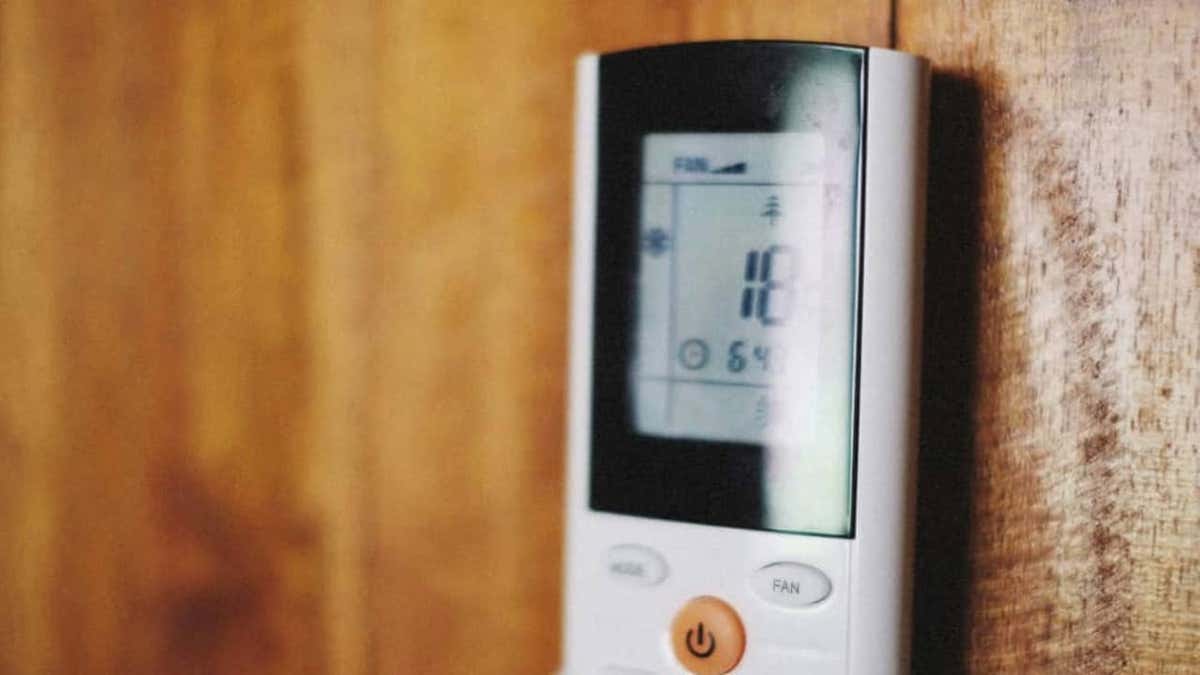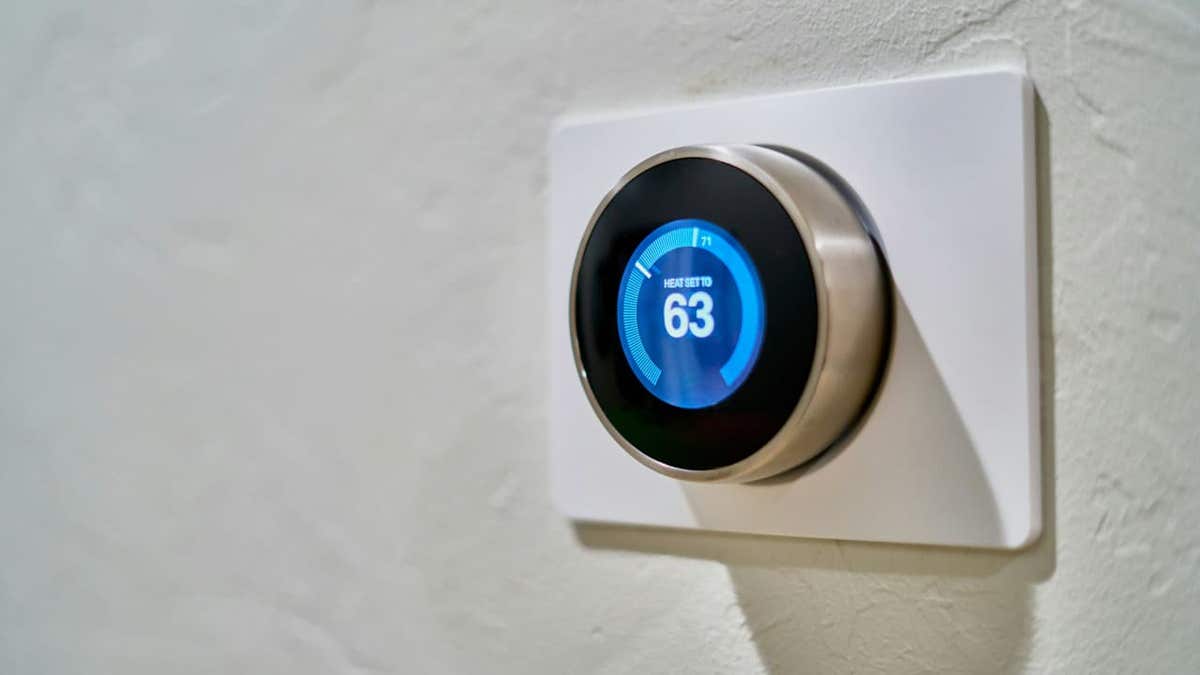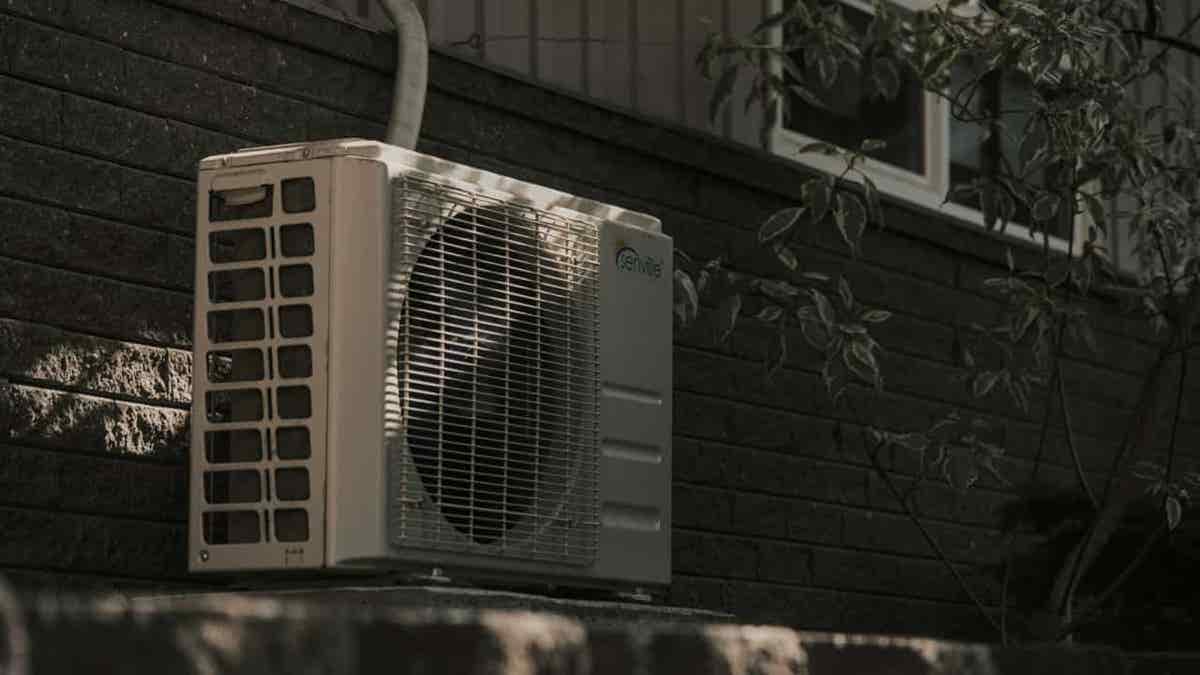Why should I think twice before joining an energy saving program

NEWNow you can listen to Fox News articles!
Energy saving programs are demand response initiatives sponsored by public services that help reduce the use of electricity during periods of maximum demand. These programs are generally directed to the central air conditioners (AC) and heat pumps, since the cooling equipment drives peaks in summer energy demand. In exchange for incentives such as loans or invoices of invoices, participating owners allow utility to adjust or temporarily bicycle their HVAC systems on hot days.
But it’s not so simple. Recently I received an email from Leah, an HVAC professional based in Río Rancho, New Mexico.
“I would like to see an article about the impulse of smart thermostats and the convergence of attempts to control the use of air conditioning to preserve energy.”
He pointed out a growing impulse for smart thermostats and what he sees as an effort of public services to take more control over the use of air conditioning, all under the flag of energy conservation.
Let us discuss Saver Power in detail programs, including their pros, cons and everything you need to know.
Register for my free Cyberguy report
Get my best technological tips, urgent security alerts and exclusive offers delivered directly to your inbox. In addition, you will get instant access to my definitive scam survival guide, free when it joins me Cyberguy.com/newsletter

An intelligent thermostat (kurt “cyberguy” knutsson)
How energy savings programs control their air conditioning
Most residential energy savings programs work temporarily reducing air conditioning in participating houses during peak periods (generally summer afternoons). In most cases, the profit installs a control device in the compressor of the outer CA unit. During a maximum event, a radio signal of the utility will be displayed with the compressor at established intervals. Inherited programs such as the Saver switch of Xcel Energy use this method.
Another method of using public services is to control thermostats. You are asked to register your Wi-Fi smart thermostat in a thermostat program to bring your own. During a demand response event, the public services operator or program remotely elevates the thermostat adjustment point for a few hours. This makes the C work less. Most of these programs allow you to cancel change through thermostat or application; However, emergency events can temporarily disable this option.
Benefits of joining an energy saving program
Power Saver programs provide several benefits for both participating consumers and the community in general. First, there are savings and invoices incentives. Participants receive direct financial rewards, from annual invoices credits of up to $ 40 to registration bonds at front of $ 25- $ 100.
These programs also result in a reduction in collective demand during peak hours, helping to prevent overloads and blackouts. When coordinating energy reductions in thousands of houses, public services can avoid lighting peak plants or buying high price electricity in the open market.
Reducing maximum demand can also help activate older and more polluting fossil fuel generators. That means less CO₂ emissions and less air pollution in the hottest days, when health risks are already high.

An intelligent thermostat (kurt “cyberguy” knutsson)
Disadvantages and risks of energy savings programs
Despite the benefits, residential energy savings programs come with various inconveniences and potential concerns that have been raised by both clients and experts.
“In New Mexico, where I live and work, our electrical utility, PNM, offers a ‘energy saving’ program. Customers can choose to have a box mounted on their condenser, which interrupts the signal between the oven and the condenser during the maximum hours of consumption, actually turning it off,” effectively. “ Leah tells me.
“It is not excellent for the condenser, we often receive calls from customers who do not completely understand what they registered and are confused when their air conditioned stops working. Now, there is a boost to obtain access to thermostats enabled for Wi-Fi to achieve the same goal. They want to control our AC.”
It is understandable that many people feel uncomfortable with public services that take care of their cooling systems, especially in extreme heat. Take the 2022 incident with Xcel Energy in Colorado. During an energy emergency, 22,000 intelligent thermostat users were temporarily blocked when adjusted their AC. Many never had experienced an event without supervision and were understandably frustrated. While it is rare, these incidents pose valid concerns about control and consent.
There are also technical concerns. The frequent short CA compressors cycle can lead to greater wear. Each startup strains the compressor engine, and repeated off cycles in a short period can reduce efficiency or shorten the useful life of the unit, although this depends on the system and the frequency of the events.
How 432 robots are relocating a 7,500 tons historic building
Smart thermostats and public services control: what to know
Some people enrolled in thermostat adjustment programs without realizing it. This leads to confusion and frustration when its air conditioning is unexpectedly limited. Often, this happens because smart thermostats come with predetermined option configurations or vague incentive language that can be confused.
In Texas in 2021, many residents saw that their intelligent thermostats rose above 78 ° F during an ercot conservation alert. They later discovered that without knowing it they had agreed to let public services make temperature adjustments.
Privacy and security concerns with smart thermostats
These programs also pose important data privacy concerns. The thermostats enabled for Wi-Fi collect and transmit confidential information, including occupation patterns, temperature preferences and when a home is probably unoccupied.
Cybersecurity is another problem. Like any device connected to the Internet, smart thermostats can be vulnerable to piracy or malicious remote commands. Until now, no important infraction has impacted CA demand programs, but privacy defenders say that risks are real and growing.

Air Conditioner Outdoor Unit (Kurt “Cyberguy” Knutsson)
7 things to do if you are considering energy savings programs
Whether you are thinking of registering or is already registered, these steps will help you maintain control, protect your comfort and avoid unwanted surprises:
1) Read the small print and choose carefully
Before joining any energy or thermostat savings program, read the terms completely. Be sure to understand the scope of usefulness control, if you can cancel the changes and how often adjustments can occur. Always choose the manual registration during the Smart Home application configuration instead of letting it register automatically.
What is artificial intelligence (AI)?
2) Choose thermostats with clear cancellation options
Use a Wi-Fi thermostat that facilitates the cancellation of changes during demand response events. Many models allow you to choose not to participate temporarily or permanently through the application or device itself. Learn to do this before a maximum event occurs, so they are not surprised.
Find intelligent thermostats reviewed by experts who put him in control in Cyberguy.com/smartthermostats
3) Stay informed about energy events
Make alerts of your usefulness to receive notifications on maximum demand events by email, text or application. See the website of your public services company to obtain schedules or forecasts and choose to leave in advance if necessary. Staying informed gives you more control over how your system behaves.
4) Ensure your smart devices
Use safe passwords for your thermostat and starting Wi-Fi. Turn on the authentication of two factors (2FA) if available. Consider using a password administrator to generate and store complex passwords.
Get more details about my best password administrators reviewed by experts of 2025 in Cyberguy.com/Passwords
5) Update software
Keep your thermostat software updated to protect it from potential safety risks or remote interference.
Get the Fox business on the fly by clicking here
6) know how to choose not to participate or disconnect
If the program does not work for you, learn how to eliminate your thermostat from it. Public services generally offer exclusion instructions through their website or application. It is also possible that you should adjust the configuration or restore the factory of your thermostat.
To obtain more ways to save on your energy bill or see if you opt for no meaning for your budget, visit Cyberguy.com/saveonpower
7) Monitor comfort and performance
Be attentive to how your air conditioning works during demand events. If you notice unusual behavior such as short frequent cycling or your home becomes uncomfortably warm, it could be time to reconsider your participation.
To get more ways on how to keep your home fresh and comfortable, see Cyberguy.com/kephool
Kurt key takeway
Energy saving programs can help reduce network stress and offer small financial incentives, but come with compensation. Customers may experience greater comfort, equipment wear and loss of control, sometimes without realizing that they have opted. There are also valid concerns about privacy and data security. These programs need clearer communication and better safeguards if they will be widely accepted.
Click here to get the Fox News application
Is it the promise of energy savings that is worth giving up privacy and control over the temperature of your home? Get us knowing in Cyberguy.com/contact
Register for my free Cyberguy report
Get my best technological tips, urgent security alerts and exclusive offers delivered directly to your inbox. In addition, you will get instant access to my definitive scam survival guide, free when it joins me Cyberguy.com/newsletter
Copyright 2025 Cyberguy.com. All rights reserved.
Reference: Read Latest News in Spanish


